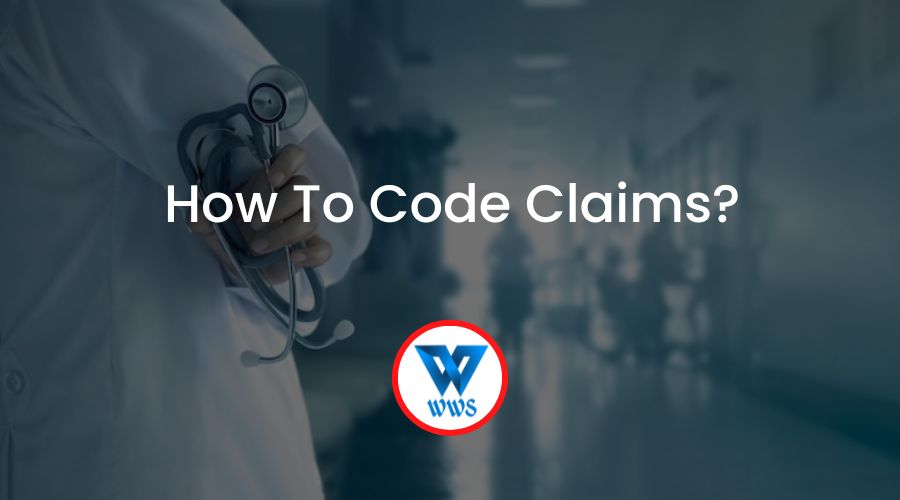Essential Components Of The Medical Billing Workflow
Introduction As we speak of better and more efficient medical billing in healthcare, managing and moving patients through every visit while assembling data for the submission of claims and collecting the outstanding balances of patients, the components of the medical billing workflow work precisely its duty. Promote Patient Engagement ● …




